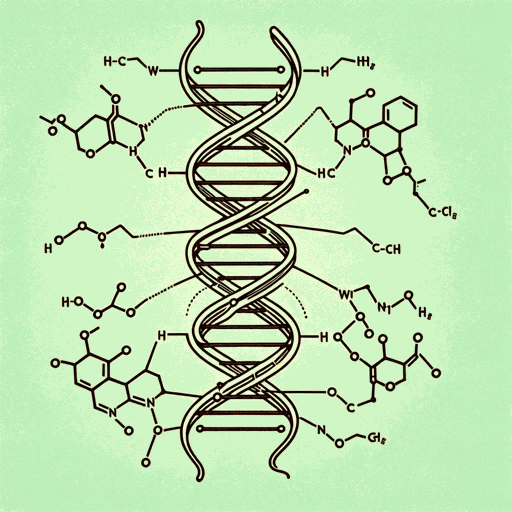96 pages • 3 hours read
Walter IsaacsonThe Code Breaker: Jennifer Doudna, Gene Editing, and the Future of the Human Race
Nonfiction | Biography | Adult | Published in 2021A modern alternative to SparkNotes and CliffsNotes, SuperSummary offers high-quality Study Guides with detailed chapter summaries and analysis of major themes, characters, and more.
Chapter 53-EpilogueChapter Summaries & Analyses
Chapter 53 Summary: “Vaccines”
Since the invention of the small pox vaccine in the 1790s, vaccines have helped contain many dangerous diseases, from polio to measles. Traditional vaccines use a weakened or dead version of a virus to coax the body into producing antibodies. When the real virus comes along, the body already has its defense ready. Jonas Salk used a killed virus to create the polio vaccine; Beijing-based Sinovac’s COVID vaccine is based on the same technology. Another traditional approach is to inject a person with part of the virus to elicit antibodies, but these vaccines are generally not good at conferring long-term immunity.
A recent development has been genetic vaccines, such as the COVID vaccine developed by Oxford researcher Sarah Gilbert and produced by British-Swedish pharma giant Astrazeneca. Genetic vaccines take a harmless virus and engineer it with a gene that creates the virulent virus’s component, which stimulates antibodies in the patient. Based on Gilbert’s previous work with the coronaviruses SARS and MERS (Middle East Respiratory Syndrome), the Oxford vaccine uses a chimpanzee adenovirus edited to contain a gene for a spike protein (the COVID virus uses a spike protein to drive into human cells).
Another class of genetic vaccines aims to inject a small engineered bit of virus DNA straight into human cells, but DNA vaccines are problematic.
Related Titles
By Walter Isaacson





